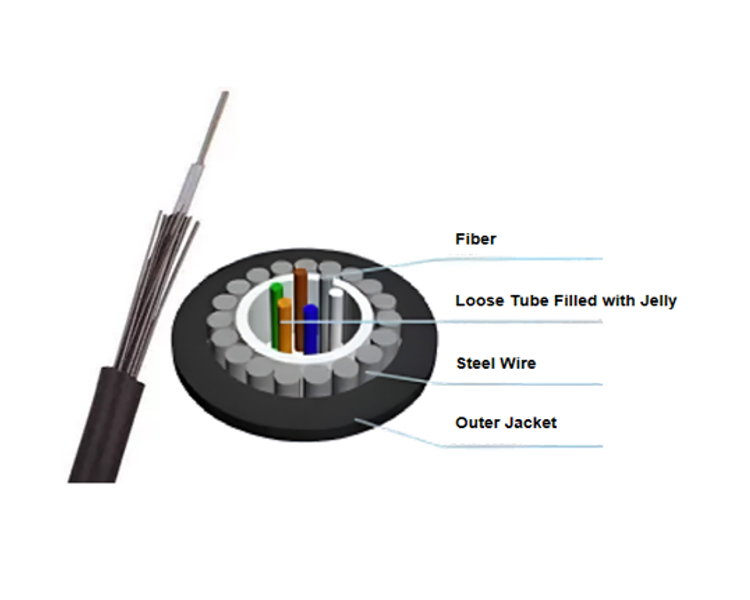In the rapidly advancing landscape of telecommunications, the demand for high-speed and reliable connectivity is incessantly growing. As a response to this demand, Fiber-to-the-Antenna (FTTA) solutions have emerged as a pivotal component in enhancing network performance, especially in the realm of wireless communication. The FTTA Outdoor Waterproof Multi-Service Terminal (MST) Fiber Optical Enclosure stands out as a crucial infrastructure element, playing a key role in facilitating seamless and efficient communication. In this article, we will delve into the purpose and significance of the FTTA Outdoor Waterproof MST Fiber Optical Enclosure, exploring its features, applications, and the impact it has on modern telecommunications.

Understanding FTTA and Its Imperatives
Fiber-to-the-Antenna (FTTA) is an innovative solution designed to meet the escalating demands for high bandwidth and low latency in wireless communication networks. As mobile networks evolve towards 5G and beyond, the need for robust connectivity solutions becomes more pressing. FTTA addresses this need by deploying fiber optic cables directly to the cellular antennas, replacing traditional copper-based solutions. This transition brings forth a myriad of advantages, including higher data rates, lower latency, and improved network reliability.
The FTTA Outdoor Waterproof Multi-Service Terminal (MST) Fiber Optical Enclosure serves as a pivotal component within the FTTA ecosystem. Its primary purpose is to house and protect the sensitive optical equipment that facilitates the seamless transmission of data between the central office and the remote antenna units.
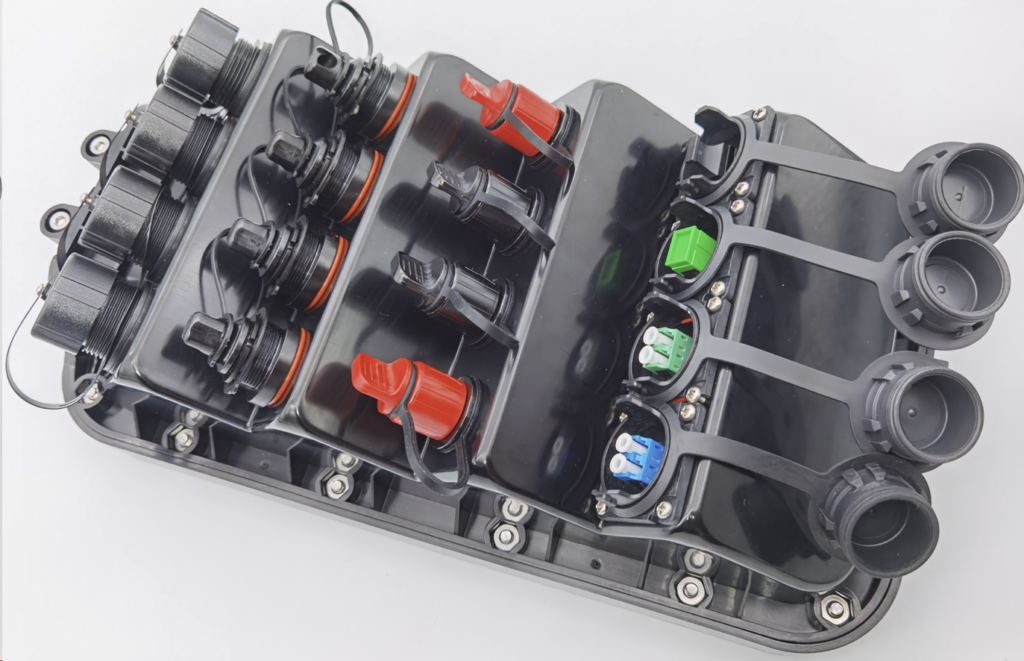
Key Features of FTTA Outdoor Waterproof MST Fiber Optical Enclosure
- Weather Resistance:
One of the primary features of the FTTA Outdoor Waterproof MST Fiber Optical Enclosure is its ability to withstand various weather conditions. Designed to be outdoor-ready, it is equipped with robust waterproofing mechanisms that protect the enclosed optical components from rain, snow, and other environmental factors. This resilience ensures the continuous and reliable operation of the FTTA network in diverse climates.
- Durability:
The enclosure is constructed with durable materials that can withstand the rigors of outdoor deployment. Its robust design safeguards the sensitive fiber optic equipment against physical impact, vandalism, and other potential threats. This durability is essential for maintaining the integrity of the FTTA network in challenging environments.
- Temperature Control:
To ensure optimal performance, the FTTA Outdoor Waterproof MST Fiber Optical Enclosure incorporates temperature control mechanisms. These may include ventilation systems, fans, or climate control technology, which help regulate the internal temperature and prevent overheating. This is particularly crucial in regions with extreme temperature variations.
- Modularity and Scalability:
The MST Fiber Optical Enclosure is designed to accommodate the evolving needs of FTTA networks. Its modular structure allows for easy expansion and scalability, enabling network operators to add or upgrade components as required. This flexibility is vital for adapting to changing technology standards and network demands.
- Fiber Management:
Efficient fiber management is a key aspect of the FTTA Outdoor Waterproof MST Fiber Optical Enclosure. It provides organized routing and protection for the fiber optic cables, minimizing signal loss and ensuring optimal signal quality. Proper fiber management also simplifies maintenance and troubleshooting tasks.
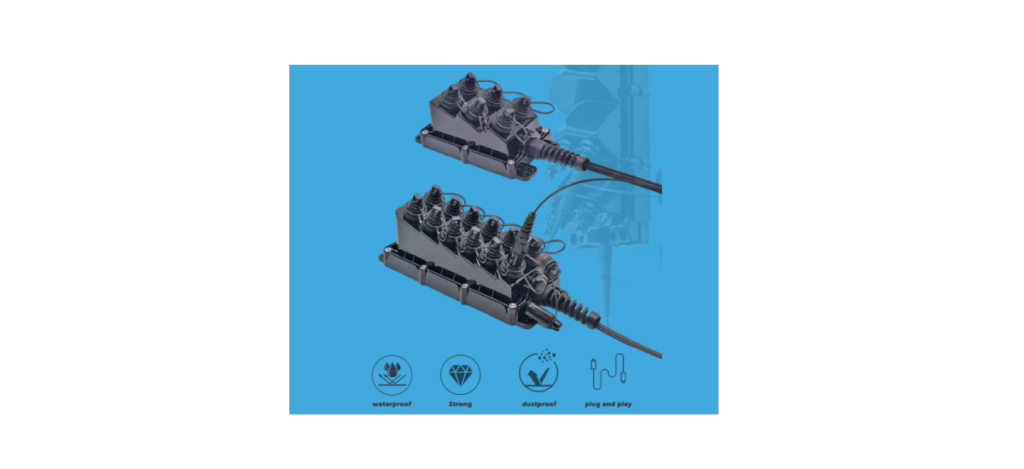
Applications of FTTA Outdoor Waterproof MST Fiber Optical Enclosure
- Cellular Networks:
FTTA solutions are widely deployed in cellular networks to enhance connectivity and support the increasing data demands of mobile users. The MST Fiber Optical Enclosure plays a critical role in these networks by housing the optical equipment required for high-speed data transmission between the central office and the remote antennas.
- 5G Deployments:
The advent of 5G technology brings unprecedented speed and capacity to wireless networks. FTTA, with the support of the MST Fiber Optical Enclosure, is instrumental in realizing the full potential of 5G by providing the necessary infrastructure for high-bandwidth, low-latency communication.
- Remote Radio Heads (RRHs):
FTTA is often employed in conjunction with Remote Radio Heads (RRHs) to decentralize the radio equipment in cellular networks. The MST Fiber Optical Enclosure facilitates the seamless integration of RRHs by providing a secure and weather-resistant housing for the optical components.
- Wireless Backhaul:
FTTA solutions, including the MST Fiber Optical Enclosure, play a crucial role in wireless backhaul, connecting remote cell sites to the core network. This application is particularly important in rural and underserved areas where traditional wired infrastructure may be impractical or cost-prohibitive.
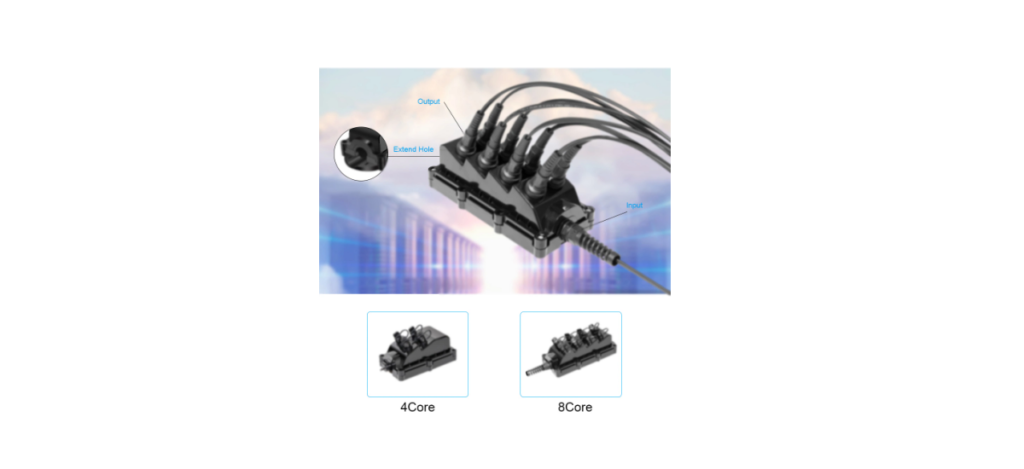
The Impact on Telecommunications
- Enhanced Network Performance:
The deployment of FTTA solutions, facilitated by the MST Fiber Optical Enclosure, significantly enhances network performance. The use of fiber optics reduces signal degradation and latency, resulting in faster and more reliable data transmission. This is especially critical in applications like real-time video streaming, online gaming, and other bandwidth-intensive services.
- Scalability and Future-Proofing:
The modular and scalable nature of the MST Fiber Optical Enclosure ensures that FTTA networks can easily adapt to the evolving landscape of telecommunications. As technology standards advance and network demands increase, operators can upgrade or expand their infrastructure without the need for extensive overhauls.
- Cost Efficiency:
While the initial investment in FTTA infrastructure, including the MST Fiber Optical Enclosure, may be higher than traditional solutions, the long-term cost efficiency is notable. Fiber optics require less maintenance, have lower signal loss, and offer greater longevity, resulting in reduced operational costs over the lifecycle of the network.
- Reliability in Adverse Conditions:
The weather-resistant and durable design of the MST Fiber Optical Enclosure ensures that FTTA networks remain operational even in adverse weather conditions. This reliability is crucial for maintaining uninterrupted communication services, especially in regions prone to extreme weather events.
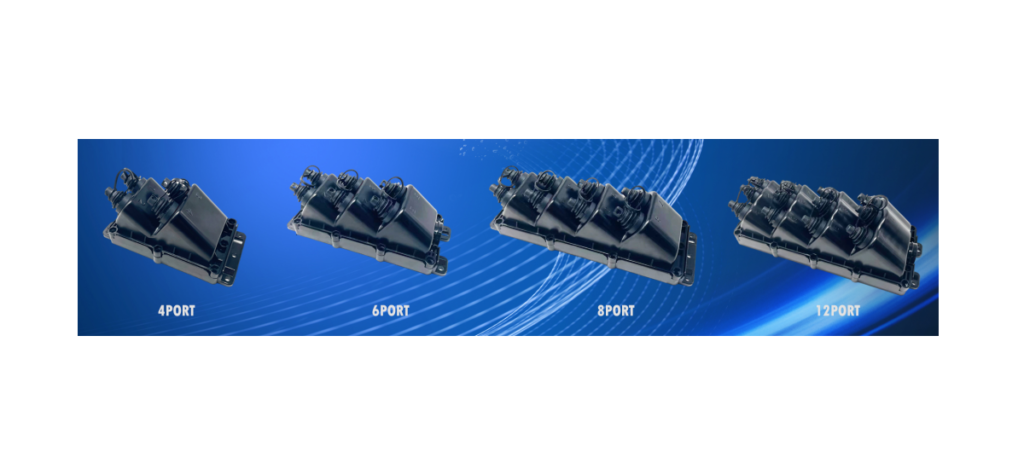
Conclusion
In the dynamic landscape of telecommunications, the FTTA Outdoor Waterproof Multi-Service Terminal (MST) Fiber Optical Enclosure emerges as a linchpin in facilitating high-performance and reliable connectivity. Its role in supporting FTTA solutions is instrumental in meeting the escalating demands for bandwidth, low latency, and scalability in wireless communication networks. As the industry continues to evolve, the MST Fiber Optical Enclosure stands as a testament to the innovative strides made in ensuring efficient and robust telecommunications infrastructure. With its weather resistance, durability, and modular design, this enclosure plays a pivotal role in shaping the future of connectivity and ushering in the era of seamless, high-speed wireless communication.




-1.png)

